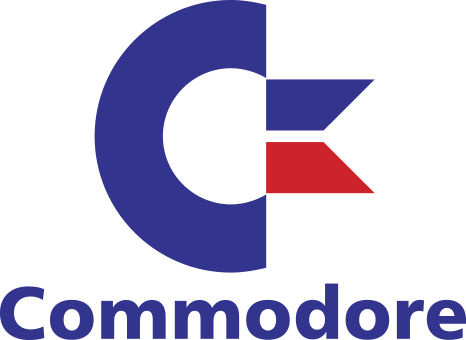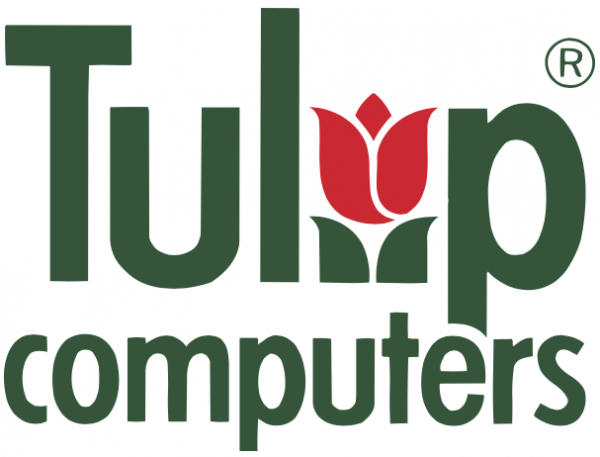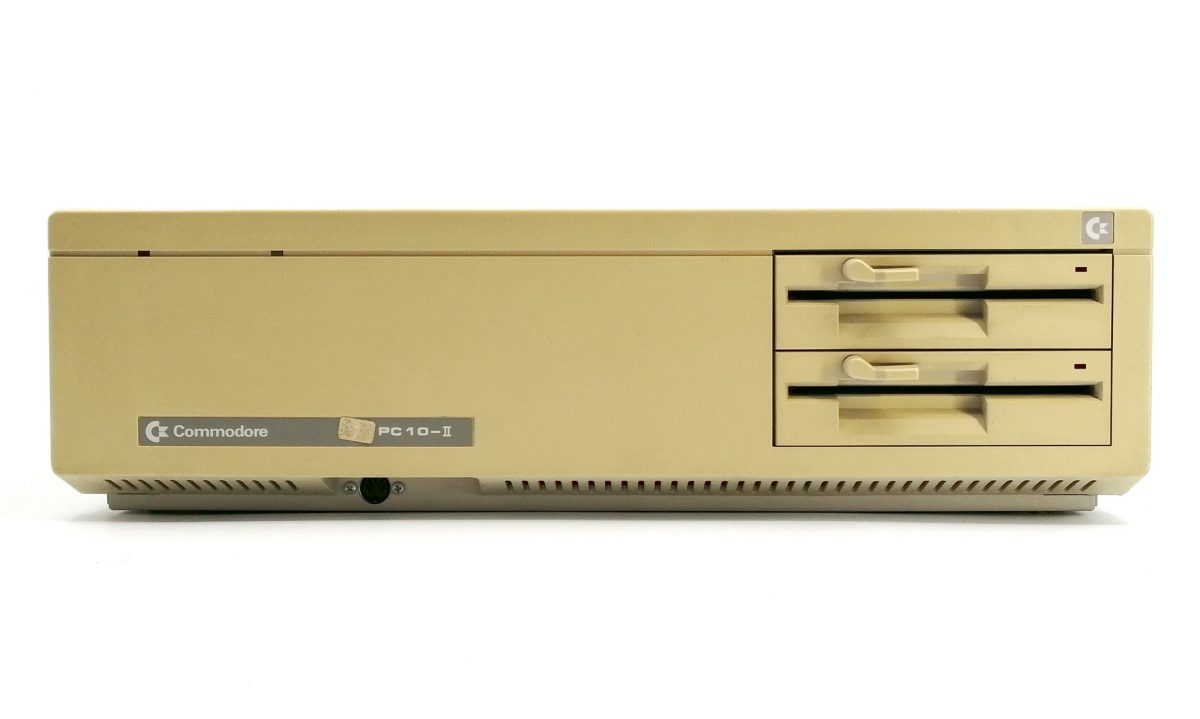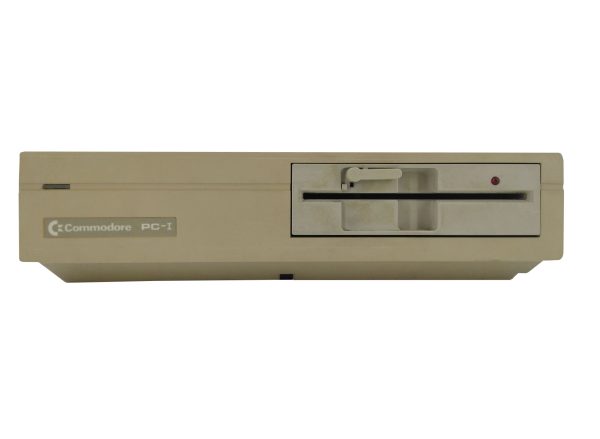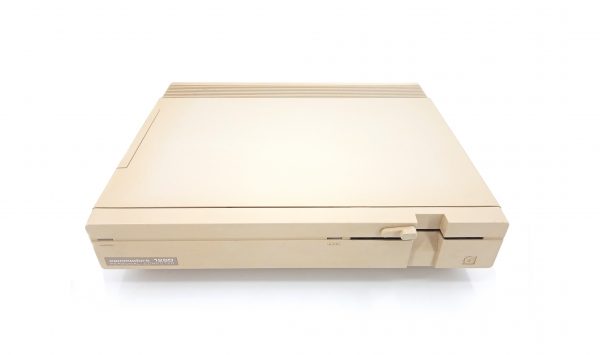Commodore PC 10‑II
The Commodore PC 10 was a cheap alternative to the IBM PC and is produced from 1984.
Commodore PC 10‑II
The Commodore PC 10 was a cheap alternative to the IBM PC and is produced from 1984.
The PC-10 was offered in mid-1984 at a price of DM 4,950 excluding VAT. They were characterized by good equipment, robustness, compatibility and expandability. They were equipped with an Intel 8088 processor, which, like most early PCs, was clocked at 4.77 MHz and could be expanded with an Intel 8087 math coprocessor ; in addition there was 256 kB RAM (expandable to 640 kB), a 5¼ ″ floppy disk drive with 360 kB capacity and without clock module, only in the PC-20 a 10-MB hard disk was installed. The computer could also be easily expanded due to the five existing XT bus slots. The so-called AGA graphics of the Commodore PCs could display CGA as well as MDA and Hercules graphics modes, which covered the vast majority of PC programs at that time (EGA graphics cards were still very expensive in 1985 and were therefore rarely required). These models sold particularly well in Europe.
Since the Braunschweig developers were supposed to develop a portable PC first, the motherboard was divided into two stacked boards, a CPU board with the RAM main memory and the I / O board with all interfaces for the Peripherals. In the spring of 1984 this decision was revised. A desktop PC should now be developed. The reason for this was that Commodore USA had concluded a sales license with the Canadian manufacturer Dynalogic for their finished portable PC.
While in most PCs of that time, including the IBM models, the keyboard controller was the only interface component directly on the main board (“ motherboard ”), the board of the Commodore PCs also housed the controller for two floppy drives, a Centronics interface and an RS232 interface. This saved two slots, as almost all PCs required these components anyway.
The PC 10-II had the same architecture, only built much more compactly. In addition to the components that were common at the time and were already mentioned above, the motherboard also housed a controller for two XT bus plates, the graphics card (switchable between Hercules and CGA) and an (Amiga) mouse interface. The clock rate could be doubled to 9.54 MHz via a key combination or via a program; an increase to 7.16 MHz was also possible. The computers came with a built-in real-time clock and 640 kB of RAM, the PC-10 III had two 5.25 "disk drives with 360 kB each. The PC-20 III was delivered with a 360 kB disk drive and a 20 MB hard disk drive.

